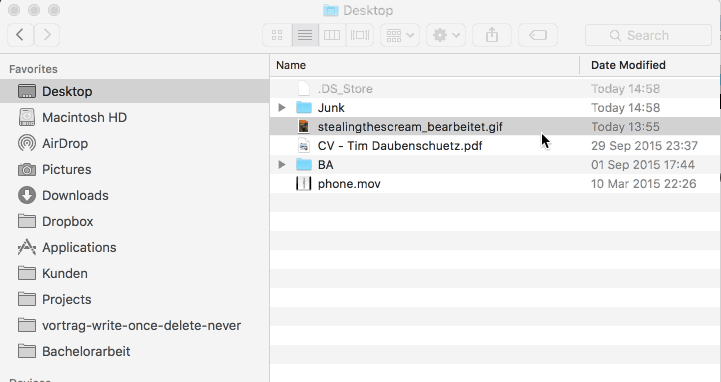NFTs are coming for Instagram and other social media platforms
I'll admit it; I did some good old shoulder surfing on my flight back to Berlin the other day. The next bit is kinda spicy, but I'll anyways tell you about it: On the flight, there was this guy in a pink hoodie sitting one seat in front and to the right of me. He held his phone at a height where it leveled with his eyes, and so sitting in a middle seat myself - I didn't even have much of a choice other than viddying his Instagram browsing habits.
It was when we were approaching Berlin's new airport "BER," and so here we were - all tucked into our seats - seatbelts fastened and this one douche checking his Instagram during our approach to the airport. Though this is very tangential to the story, he had disabled Airplane Mode on his phone early to use his mobile data inflight - we were still hundreds of meters in the air. So while the pilots were busy having the bird touch Berlin soil gently, my guy in front started checking out his Insta.
And frankly, nothing out of the ordinary happened on that screen - there were the obligatory pictures of hot girls in bikinis. Some humble shots of bugatties on yachts and a general "dolce vita" vibe with golden hour filters left and right. But in between, there were the targeted ads. And to my surprise, these were mega-effective. So effective that upon our plane reaching the airport's gate - the guy had put several items into his "Ralph Lauren" shopping cart.
Well, Hannes - if you're reading this - I wish you all the best fun wearing that sick blue polo shirt at your next yachty party (we were on a Ryanair flight).
And though, I found this experience rather striking - it wasn't my intention specifically to expose that guy's Instagram browsing habits in this post. Rather, I wanted to draw a picture of contemporary Instagram usage in 2021 and then compare it to what is happening with cryptocurrencies these days, lol.
The connection leading to this story originates from a talk show I recently watched, featuring Hito Steyerl, Joseph Vogel and Ville Haimala. It's the most recent episode of Studio Bonn on "Crypto-Capitalism".
I won't spoiler any of the content here except for saying that Ville, being a member of the band Amnesia Scanner, made a statement about comparing NFTs to Instagram posts. Specifically, he remarked that their data structure allows NFTs to be platform-independent social media. So whereas all posts on Instagram are constantly at the mercy of its arbitrary moderation policy and the assumed continuity of the service's existence - an NFT transcends these weak points by storing the media "off-platform" and by making its access and meta data interoperable.
That comparison struck me as profound. It did so as I had been working for years on an intellectual property licensing framework called COALA IP to allow digitizing Copyright claims and licensing deals on blockchains. I'll admit that throughout my journey within ascribe.io, working with smaller projects later on and even trying to build an ERC-721 wallet myself - I had to face many frustrating blockers with regards to Ethereum's way of implementing NFTs.
And hence, just before the big NFT craze in 2021, in 2020, I stopped working on it. To me, that standard, the ERC-721, didn't seem useful for what I was trying to achieve. And indeed, I ended up doubling down on that believe by publicly remarking that an NFT's provenance won't guarantee the authenticity many think it does.
Today, by writing this post, I feel more confirmed by contemplating Ville's statement of comparing the NFT standard to an interoperable Instagram post. Indeed, it's a perfect fit.
Yes, you may attribute value to an NFT by selling it on a marketplace. Yes, that value may be astronomical and irrational today. And indeed, the properties of atoms is different than the one of bits. But if you misjudge the relevance of these properties - I think you may miss one particularly important observation.

The data structure of an NFT is strikingly similar to that of an Instagram, Facebook, or Twitter post. It's a link to a media element, e.g., an image or a video and a description - all that meta data is then related to a particular identity, your Ethereum address, or ENS name.
Yes, there's no distinct feed that lets you like or retweet an NFT yet. Today, NFTs don't "look and feel" instagramish. There's also a lack of targeted ads and probably hence also a void of golden hour Luis Vuitton yacht photos. But that's because the current NFT infrastructure, unlike Instagram's, doesn't reward creators for being on yachts wearing expensive clothes. It's not about fake it till you make it - the idea of NFTs is to reward credibility and provenance.
So indeed, I'd conclude for today that the NFT data structure is the perfect technical and conceptual foundation for building a free Instagram, Facebook, or Twitter.
It does so by making social media posts platform-independent and abstracting the ownership and accessibility layer away from the platforms and into the hands of creators and fans.
So don't worry - NFTs are NOT coming to "revolutionize the art market" - funnily enough, they're coming with full force to disrupt the attention monopoly of Facebook, Twitter, and other social media platforms. And though that was something I never anticipated or deliberately worked towards in my work - I can't wait for that to happen.